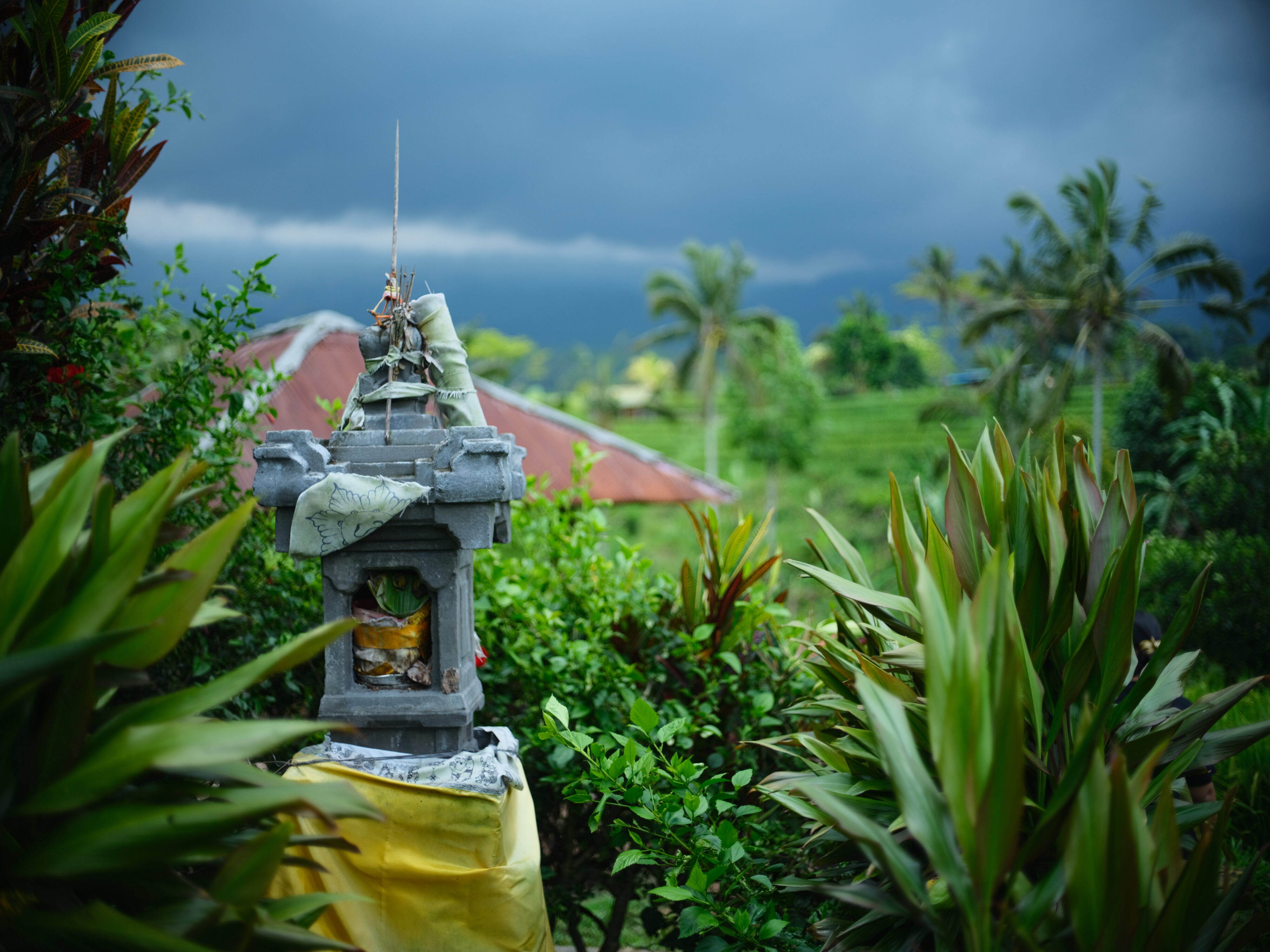This project tells the story of Belize’s problem jaguars, and how methods of dealing with the jaguars have evolved over time.
‘Problem jaguars’ caused by habitat reduction — and what we’re doing about it
The increased diminishing of natural habitats forces many jaguars to hunt for food elsewhere. Often, that elsewhere becomes farms, where desperate jaguars drag off livestock from farmers as a source of food. These “problem jaguars,” or jaguars that have repeatedly hunted on livestock and domestic animals, often get killed by farmers just trying to protect their livelihoods. This project tells the story of Belize’s problem jaguars, and how methods of dealing with the jaguars evolved over time.
According to Even Montejo, Tropical Science Educator at the Tropical Education Center of the Belize Zoo, the Belize Zoo takes in about 13 to 15 of these problem jaguars each year and attempts to rehabilitate the jaguars. Those problem jaguars who “graduate” after being trained to peacefully interact with humans go on to larger sites off site at the Belize Zoo.
The Cockscomb Basin Wildlife Sanctuary of the Belize Audubon Society works closely with the Belize Zoo to humanely capture jaguars. This video essay centers specifically around Frederito Villanueva, an Assistant Site Manager at the sanctuary, who tells the story of the evolving technology for the humane capture of the jaguars, as well as his own role in educating visitors about the issues.





















